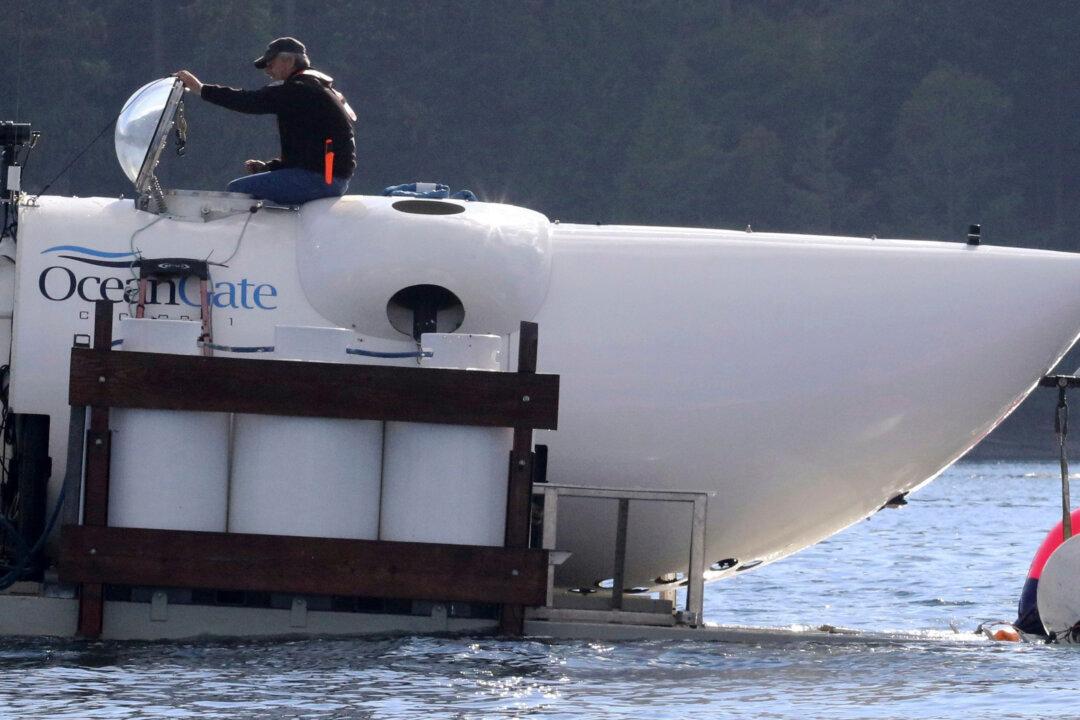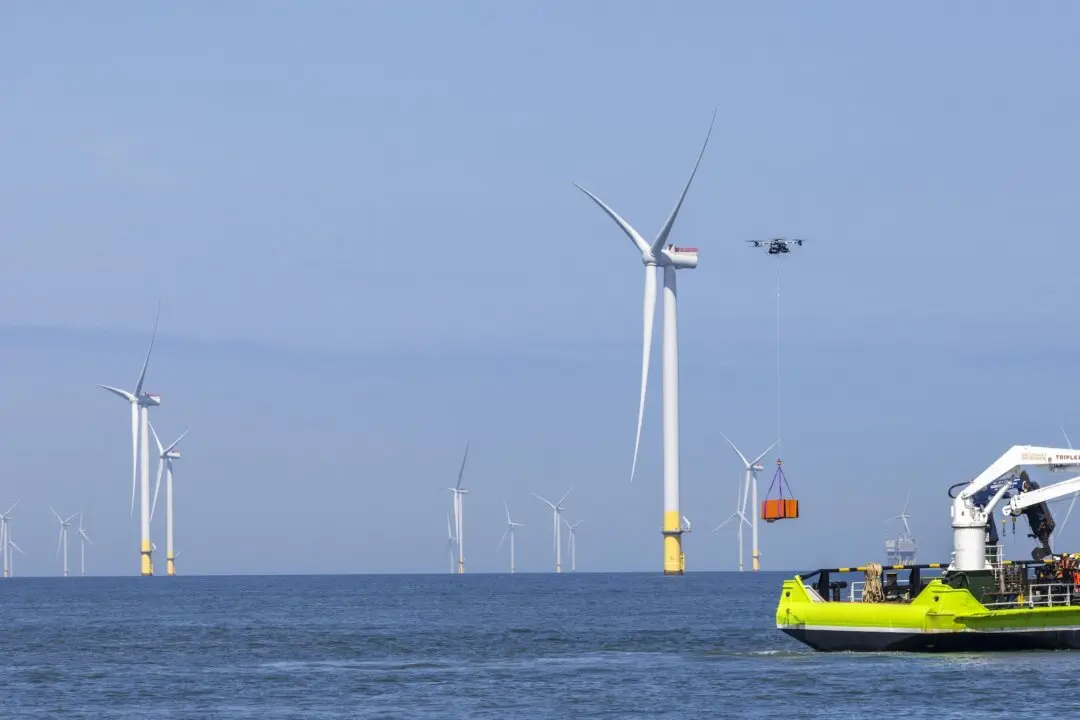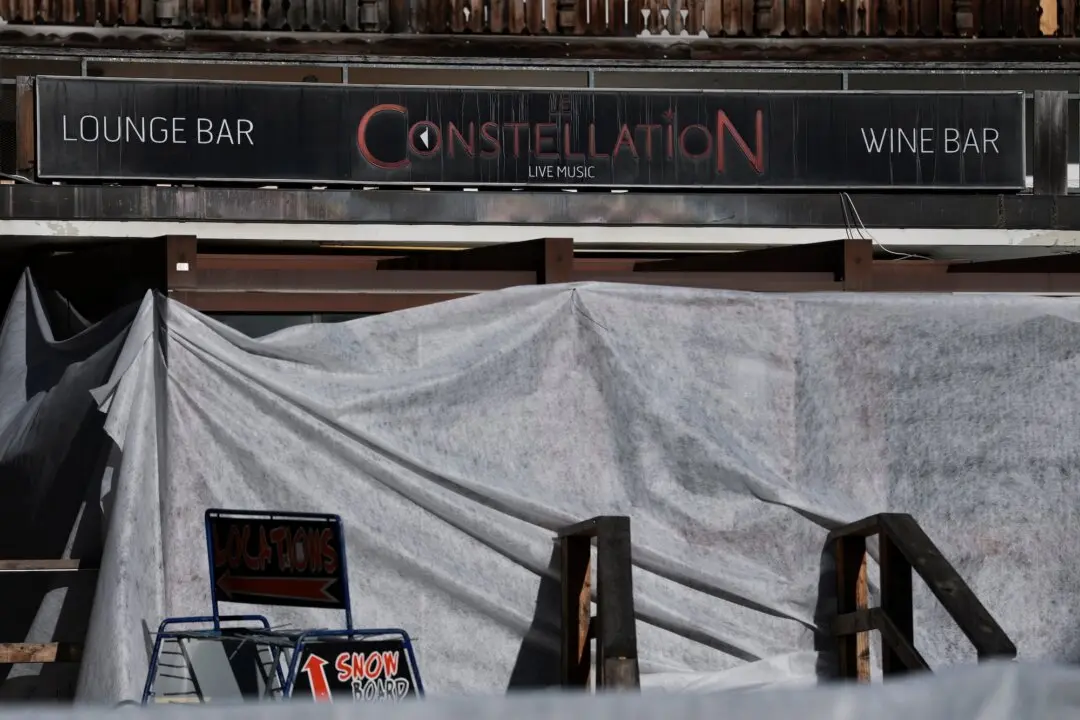Here are the latest updates on the Titanic submersible that the U.S. Coast Guard said suffered a “catastrophic implosion” and the company that operated the craft confirming that the five people onboard are dead.
The submersible, called “Titan,” was reported overdue on Sunday afternoon about 435 miles south of St. John’s, Newfoundland, as it was on its way to where the Titanic sank more than a century ago.





